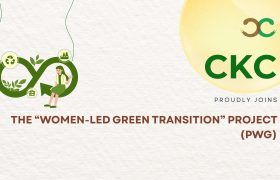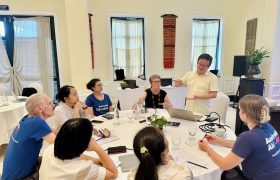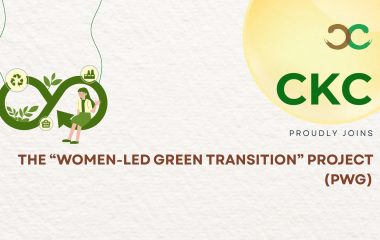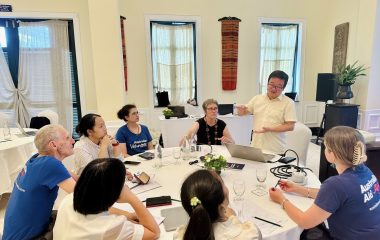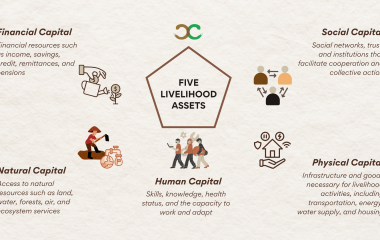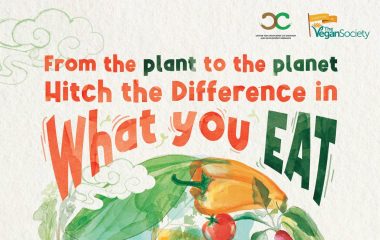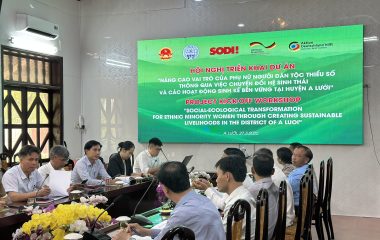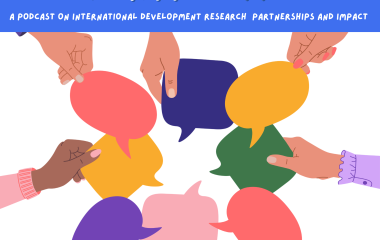Outcome harvesting approach in agriculture and climate change research
- 16 January, 2025
- ckcvietnam
Outcome Harvesting is a novel approach that has transformed how development projects are monitored and evaluated. First introduced by Ricardo Wilson-Grau in the late 2000s, this innovative approach is now applied widely in over 140 countries. Rooted in Outcome Mapping, it excels in understanding social changes in dynamic contexts where cause-and-effect relationships are not easily defined.
In late 2024, CKC had the opportunity to apply the transformative Outcome Harvesting method in a research project focused on climatic services in agricultural production in eight (08) cities and provinces of the volatile Mekong River Delta. Unlike traditional M&E methods, Outcome Harvesting employs a retrospective approach, enabling us to identify changes in local agricultural practices (“outcomes”) and trace them back to determine how project interventions contributed to these changes.
The process consists of six iterative steps, where data collected at each stage can prompt new questions and guide further data collection. This iterative design allows Outcome Harvesting to address the limitations of traditional M&E methods, effectively capturing unanticipated changes that are often essential for understanding the broader impact of a project.
While Outcome Harvesting is a powerful tool, it does come with its challenges:
- Resource-intensive: Requires more time and effort than traditional methods.
- Subjectivity: Qualitative findings may introduce bias.
- Data complexity: Managing and analyzing qualitative data requires advanced skills and tools.
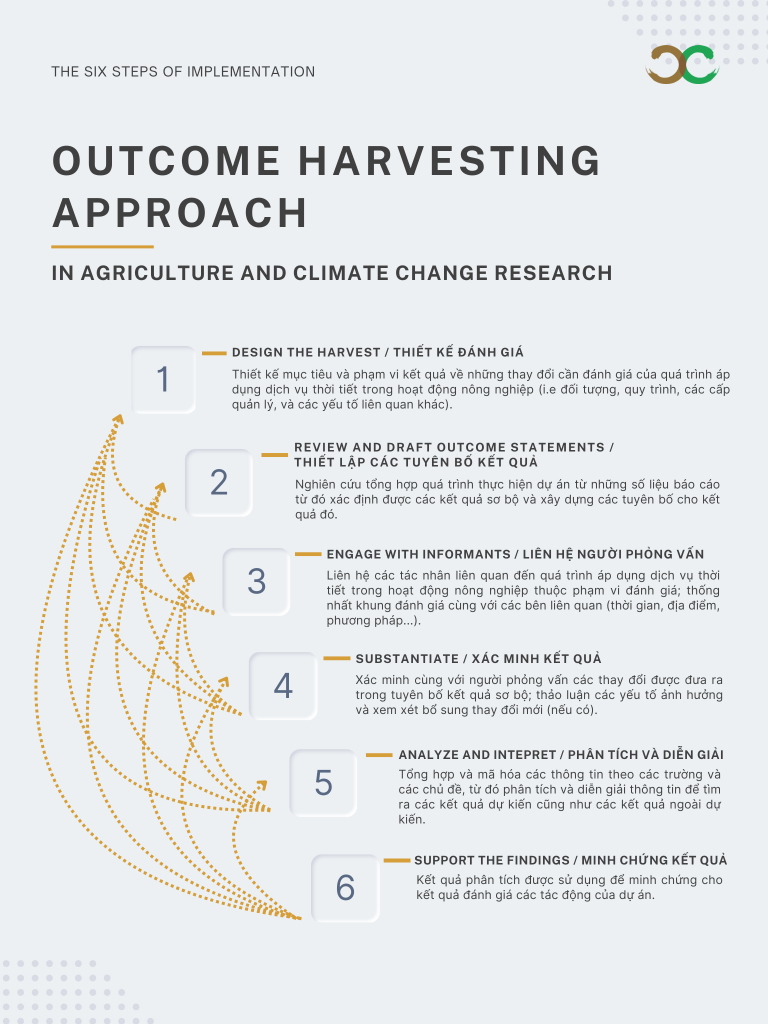
Source: https://outcomeharvesting.net/
(Quyen Mai)


